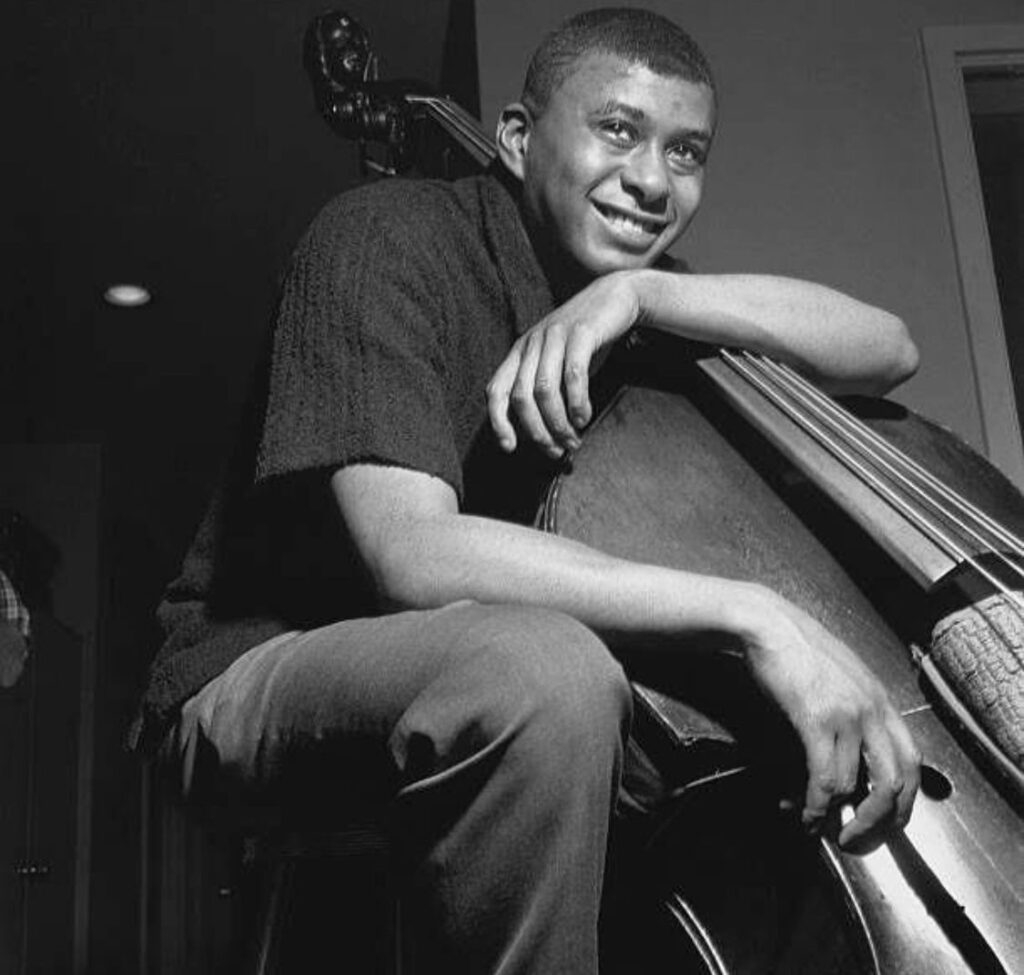Dive into the Power & Passion of ‘Tenor Madness
In the vast panorama of jazz, Sonny Rollins’ “Tenor…
“The Blues and the Abstract Truth” by Oliver Nelson remains a seminal jazz album that continues to inspire and captivate listeners. Released in 1961, this groundbreaking work showcases a lineup of talented musicians and innovative compositions that demonstrate Nelson’s unique melodic sense.

Recorded on February 23, 1961, at the renowned Van Gelder Studio in Englewood Cliffs, New Jersey, the album captures the essence of post-bop and blues-infused jazz. Impulse! Records released the album, with the legendary Creed Taylor producing.
At the helm, Oliver Nelson was already an accomplished musician, composer, and bandleader when he recorded this album. His inventive arrangements and unique melodic sense made him a sought-after talent in the jazz world. His innovative compositions and stellar performances on this album solidified his legacy in jazz history.

The supporting cast of musicians on the album reads like a who’s who of jazz legends. Freddie Hubbard, a powerful and versatile trumpeter, was quickly becoming a significant force in the jazz scene. His ability to deliver both lyrical ballads and fiery solos made him an invaluable asset.

Eric Dolphy‘s unique approach to the alto saxophone and flute brought a distinctive voice to the ensemble. His avant-garde sensibilities and mastery of extended techniques added depth and color to Nelson’s compositions.

George Barrow‘s baritone saxophone provided a robust foundation for the band, while Bill Evans, the lyrical and introspective pianist, contributed his signature harmonic approach. The rhythm section featured the virtuosic bassist Paul Chambers and the inventive, ever-swinging drummer Roy Haynes. Together, these musicians formed a formidable ensemble that brought Nelson’s compositions to life.

“Stolen Moments,” the album’s opening track and my personal favorite, is a perfect example of Nelson’s compositional prowess. The piece unfolds over a hauntingly beautiful minor blues, with solos from Hubbard, Dolphy, Nelson, and Evans. Each musician’s unique voice shines through, creating a tapestry of sound that remains engaging from start to finish.

The second track, “Hoe-Down,” showcases the band’s ability to navigate complex time signatures while maintaining a sense of swing. Hubbard, Dolphy, and Nelson each take solos, with Haynes providing a propulsive and engaging drum solo. This lively tune demonstrates the ensemble’s cohesion and skill.
“Cascades” features a captivating melody and a driving rhythm that highlights Hubbard’s and Evans’ improvisational abilities. Their solos on this track exemplify their mastery of their instruments and their profound understanding of the music.
“The Blues and the Abstract Truth” represents a unique blend of post-bop, blues, and innovative composition techniques. Nelson’s experimental approach to blues forms and his exploration of various musical concepts create an album that defies categorization. The music is at once cerebral and deeply emotional, offering listeners a rewarding and enriching experience.
Upon its release, the album garnered critical acclaim and quickly became a favorite among jazz enthusiasts. Its innovative compositions and performances by some of the most influential musicians of the time left a lasting impression on the jazz world. “The Blues and the Abstract Truth” set a new standard for what a jazz album could be and served as a touchstone for future generations of musicians.
Today, the album is still regarded as a seminal work in jazz history, appreciated for its groundbreaking compositions and stellar performances. Its continued significance can be attributed to its unique blend of emotional depth, complex harmonies, and virtuosic musicianship. The album’s innovative approach to jazz has left a lasting impression on the genre, with its influence still felt in contemporary jazz music.
In conclusion, “The Blues and the Abstract Truth” stands as a timeless masterpiece in jazz history, showcasing the talents of some of the most exceptional musicians and the visionary compositions of Oliver Nelson. The album’s unique fusion of post-bop, blues, and innovative musical concepts has continued to captivate and inspire listeners for generations. As both a testament to the brilliant musicianship of its performers and a shining example of the limitless possibilities of jazz, “The Blues and the Abstract Truth” remains an essential listening experience for anyone seeking to delve into the rich and varied world of jazz music. As we continue to explore and appreciate this extraordinary work, its impact on the genre is undeniable, and its legacy will undoubtedly endure for years to come.